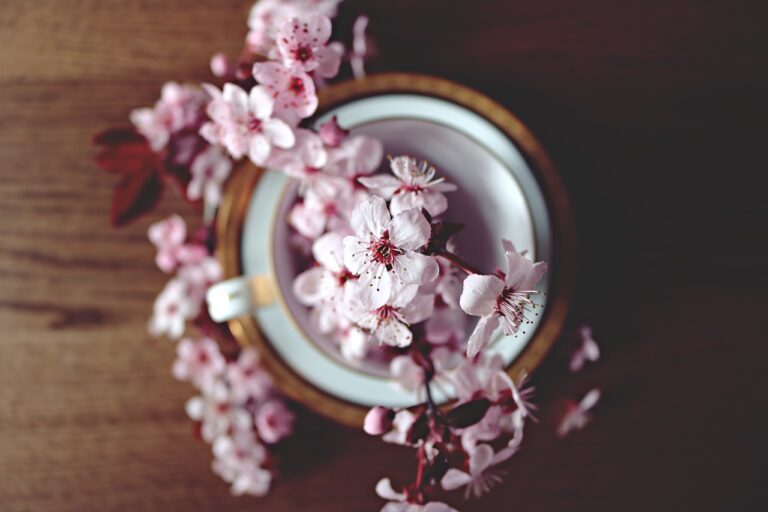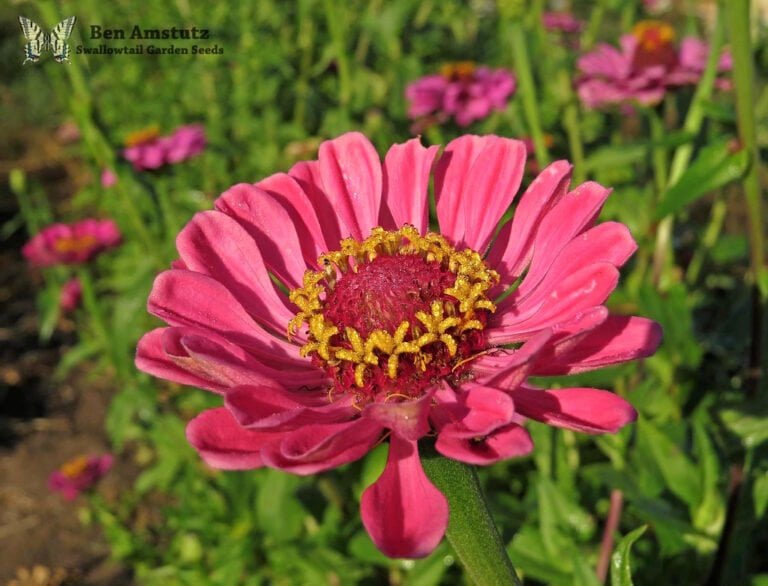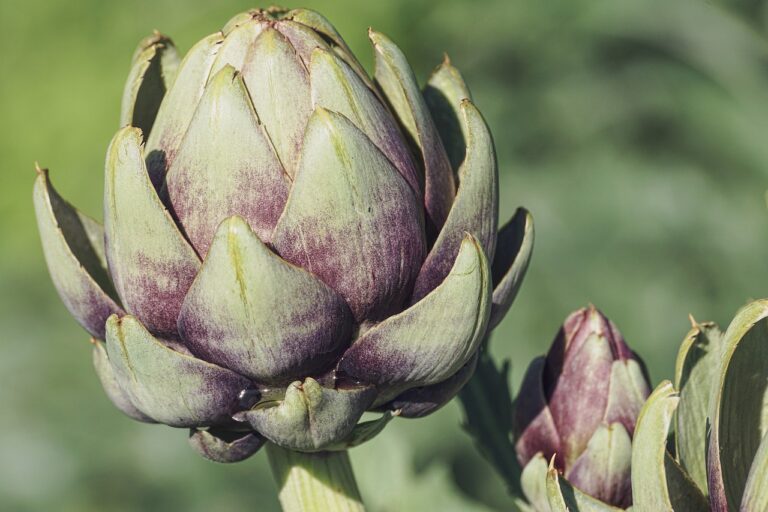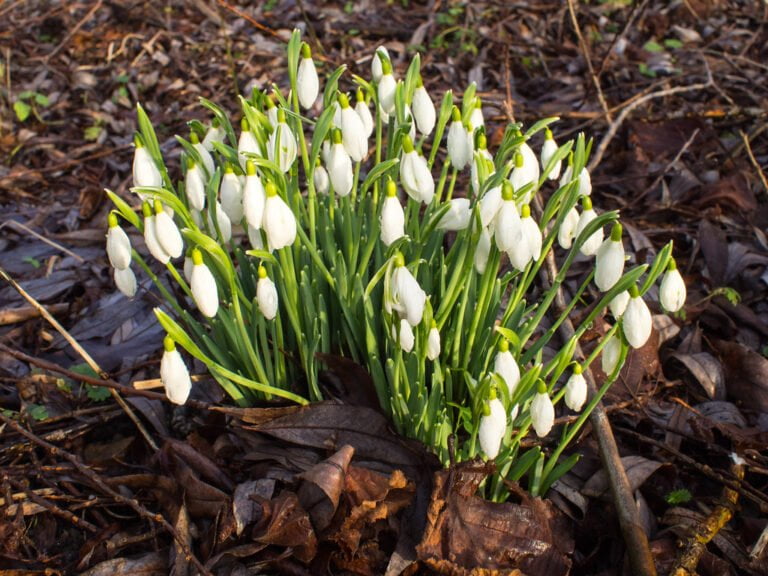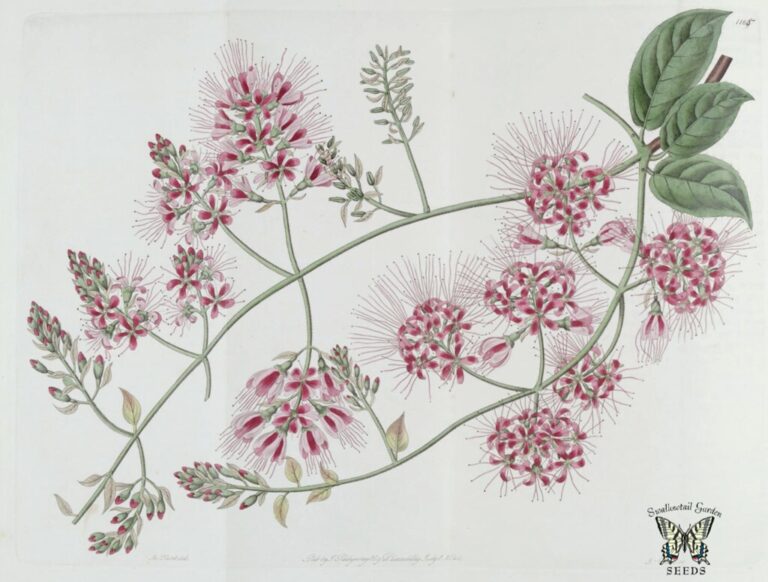The Symbolism of Snowdrops
Discover the enchanting world of snowdrops and unravel their hidden meanings. Delve into the origins, appearance, and historical significance of these delicate flowers. Explore their cultural symbolism and their portrayal in literature and art. Learn how snowdrops represent hope, renewal, purity, and innocence. Uncover the intriguing myths and folklore surrounding these charming blooms. Immerse yourself in the modern symbolism of snowdrops and uncover the profound messages they convey. Let the symbolism of snowdrops captivate your imagination and inspire your spirit.
Origins of Snowdrops
Discover the fascinating origins of snowdrops, a flower that holds deep symbolic significance. These delicate white flowers, also known as Galanthus, are native to Europe and Western Asia. They thrive in cold climates and are often the first to bloom in late winter or early spring, pushing through the snow-covered ground to bring a glimmer of hope and renewal. Snowdrops have a rich history dating back to ancient times, where they were believed to symbolize purity, innocence, and the triumph of life over death. In Christian tradition, they are associated with the Virgin Mary and are seen as a sign of her purity and grace. Their simple yet elegant appearance and ability to blossom in harsh conditions make them a powerful symbol of resilience, strength, and the promise of brighter days ahead. Embrace the beauty and symbolism of snowdrops, and let them inspire you to serve others with hope and perseverance.
Appearance and Characteristics of Snowdrops
As you delve deeper into the symbolism of snowdrops, it is worth exploring the appearance and characteristics of these enchanting flowers. Snowdrops, also known as Galanthus, are delicate and dainty, with slender, green stems that hold drooping, bell-shaped flowers. The petals are pure white, evoking a sense of purity and innocence. What makes snowdrops truly captivating is their ability to bloom in the midst of winter, when the world is still covered in a blanket of snow. This resilience and determination symbolize hope and new beginnings. Snowdrops thrive in moist, well-drained soil and prefer partial shade, making them a perfect addition to woodland gardens or under trees. Their small size and modest beauty make them an ideal choice for creating subtle and elegant arrangements, serving as a reminder of the beauty that can be found even in the harshest of seasons.
Historical Significance of Snowdrops
Snowdrops hold a significant place in history. These delicate flowers have been revered and celebrated for centuries, with their presence dating back to ancient times. In the medieval period, snowdrops were often associated with purity and innocence, and they were often used in religious ceremonies and rituals. During the Victorian era, snowdrops became a symbol of hope and renewal, as they were one of the first flowers to bloom after the long winter months. They were also seen as a sign of perseverance and resilience, as they were able to survive and thrive in harsh conditions. Today, snowdrops continue to be cherished for their beauty and symbolism, reminding us of the importance of resilience and the promise of new beginnings.
Cultural Symbolism of Snowdrops
Snowdrops' cultural symbolism extends beyond their historical significance. These delicate white flowers, with their graceful bell-shaped petals and vibrant green leaves, have been admired and cherished by cultures around the world. In many societies, snowdrops are seen as symbols of hope, purity, and rebirth. They are often associated with the arrival of spring, representing the triumph of life over the harshness of winter. Snowdrops also hold religious significance in some cultures, symbolizing the purity and innocence of the Virgin Mary. Additionally, these flowers are often used to commemorate the lives of loved ones who have passed away, serving as a reminder of the eternal cycle of life and death. In this way, snowdrops offer comfort and solace to those who are grieving, providing a sense of renewal and new beginnings.
Snowdrops in Literature and Art
You may have noticed that snowdrops frequently make appearances in literature and art, showcasing their symbolic significance and captivating beauty. These delicate flowers have inspired countless writers and artists throughout history, becoming a beloved motif in various artistic expressions. In literature, snowdrops often symbolize hope, purity, and the arrival of spring. Their appearance in poems and novels serves as a metaphor for new beginnings and the renewal of life. In art, snowdrops are depicted with exquisite detail, capturing their elegant white petals and graceful drooping blooms. Artists use different mediums to portray the ethereal beauty of snowdrops, from delicate watercolors to intricate sculptures. Their presence in literature and art not only highlights their visual appeal but also invites contemplation on the transient nature of life and the enduring power of hope.
Spiritual and Religious Meaning of Snowdrops
In the realm of spirituality and religion, snowdrops hold deep meaning as symbols of rebirth and renewal. These delicate white flowers, with their drooping petals and vibrant green stems, are often associated with hope and new beginnings. In Christian traditions, snowdrops are often seen as a sign of purity and innocence, representing the Virgin Mary and the arrival of spring. They are also seen as a symbol of hope and resurrection, reminding believers of the promise of eternal life. In other spiritual practices, snowdrops are seen as a symbol of spiritual awakening and enlightenment. They are believed to bring clarity of mind and a sense of inner peace. In times of darkness and despair, the sight of these little flowers blooming can serve as a comforting reminder that there is always hope for renewal and growth.
Snowdrops as a Sign of Hope and Renewal
How do snowdrops symbolize hope and renewal? Snowdrops, with their delicate white petals and green stems, emerge from the cold winter ground, signaling the arrival of spring. They are the first flowers to bloom, often pushing through the snow, bringing a sense of hope and renewal after the long, dark winter months. Their resilience and ability to thrive in harsh conditions inspire us to persevere through difficult times and find light amidst darkness. Snowdrops symbolize new beginnings, reminding us that even in the coldest and darkest of times, there is always the potential for growth and transformation. Their presence serves as a gentle reminder to embrace change and embrace the beauty that can be found in the most unexpected places.
Snowdrops as a Symbol of Purity and Innocence
Snowdrops symbolize purity and innocence, evoking a sense of freshness and simplicity. These delicate flowers, with their pristine white petals and graceful green stems, have long been associated with qualities that inspire and uplift the human spirit. The purity of the snowdrop's color represents the untainted nature of a soul untouched by worldly influences. Its innocent appearance reminds us of the inherent goodness that resides within each of us. As you gaze upon a cluster of snowdrops, you can't help but feel a deep sense of calm and serenity, as if all worries and troubles melt away. Their presence brings a renewed sense of hope and reminds us to approach life with a pure heart and a childlike innocence. Snowdrops symbolize the beauty that can be found in simplicity, and they serve as a gentle reminder to embrace a life of selflessness and service to others.
Snowdrops in Mythology and Folklore
As you explore the symbolism of snowdrops, delve into their presence in mythology and folklore, discovering the enchanting tales and beliefs woven around these delicate flowers. In Greek mythology, snowdrops are associated with the goddess Persephone, who was abducted by Hades and taken to the underworld. It is said that as Persephone's mother, Demeter, searched for her, snowdrops bloomed along her path, symbolizing hope and the return of spring. In Norse mythology, snowdrops are linked to the goddess Freya, who was associated with love, beauty, and fertility. It was believed that snowdrops were her tears of joy, representing new beginnings and the triumph of life over death. In folklore, snowdrops were thought to possess protective powers and were often planted near homes to ward off evil spirits. These captivating tales and beliefs add to the allure and mystique of the snowdrop flower, making it a symbol of hope, renewal, and purity in various cultures and traditions.
Snowdrops in Modern Symbolism
Exploring the modern symbolism of snowdrops, you'll discover their significance in contemporary culture and the meanings attributed to these delicate flowers. Snowdrops are often associated with rebirth and hope, symbolizing the arrival of spring and the end of winter's darkness. In modern times, they have become a symbol of perseverance and resilience, representing the ability to overcome adversity and bloom even in the harshest conditions. Snowdrops are also seen as a symbol of purity and innocence, often used to convey a sense of new beginnings and fresh starts. In popular culture, these flowers are frequently used in literature, art, and fashion to evoke feelings of beauty, fragility, and renewal. Whether given as a gift or used as a decorative motif, snowdrops continue to hold a special place in the hearts of many, offering a reminder of the power of hope and the beauty of nature's cycles.
Conclusion
As you conclude your exploration of the symbolism of snowdrops, you are left with a deep appreciation for their rich historical significance and cultural symbolism. These delicate flowers have captivated the hearts and minds of people for centuries, appearing in literature, art, and mythology. They serve as a symbol of hope and renewal, representing purity and innocence. Snowdrops continue to hold a special place in modern symbolism, reminding us of the beauty that can arise from even the harshest winters of life.

